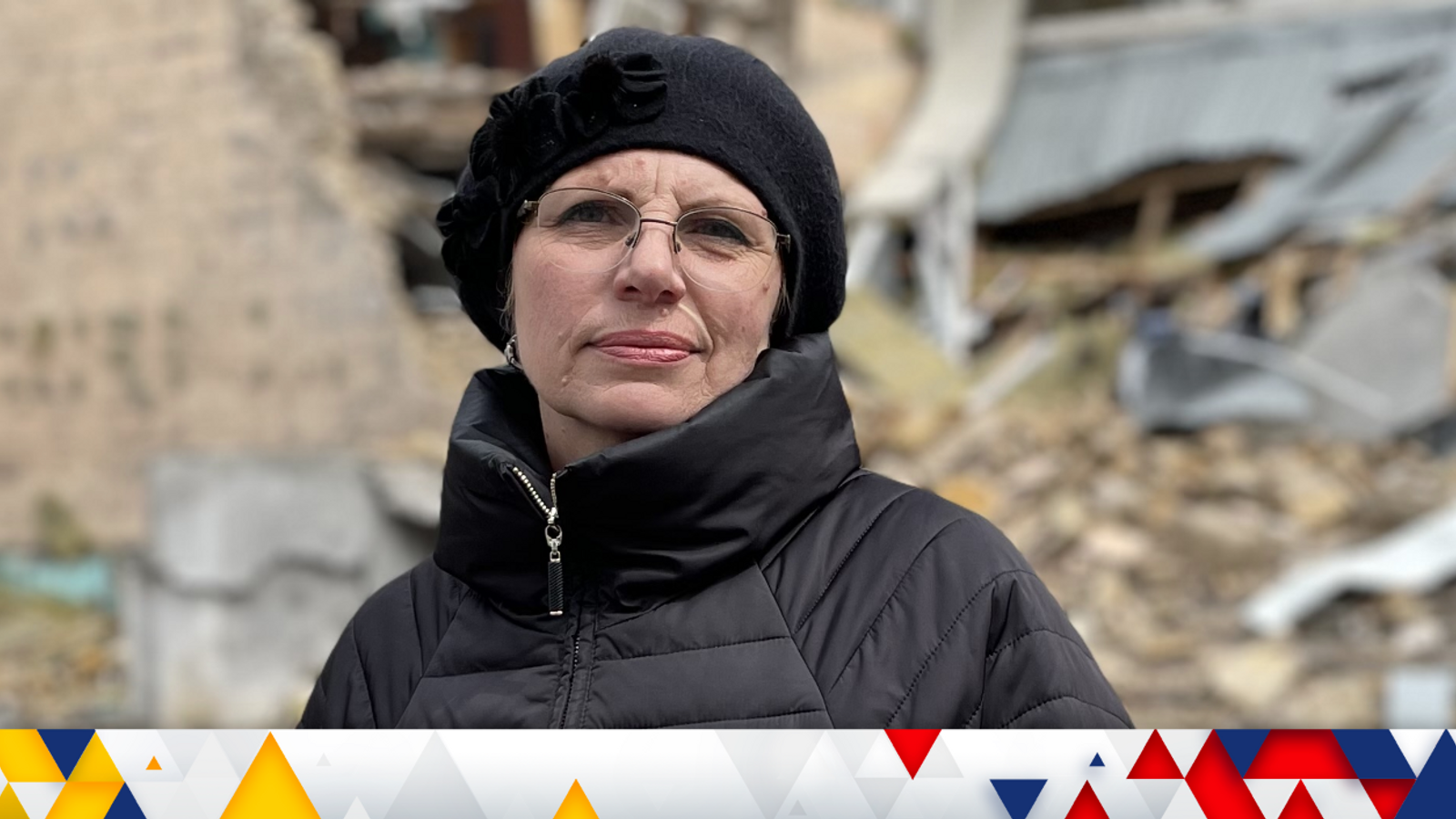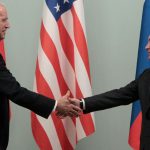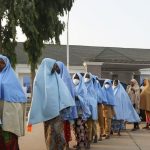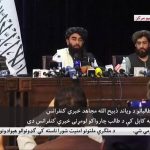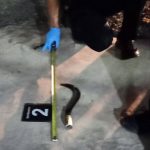You don’t see many children in the villages east of Mykolayiv, unless they are passing through, fleeing west in vehicles with white rags on the aerials and wing-mirrors – the signal for “don’t shoot”.
It is just as well they have fled.
In the Ukrainian town of Bereznehuvata, roughly 15 miles from the frontline, the main secondary school which caters for more than 500 students has two massive holes in it.
The main reception is crushed from a bomb blast, the front wall collapsed into rows of hooks for children’s coats.
Ukraine news live: Putin warns West of ‘very painful consequences’ if Russian oil is replaced
At the back, a blown-off ceiling reveals what’s left of the geography department.
In one splintered classroom, globes are lined up in boxes against the wall.
Ukraine war: Russian Black Sea flagship Moskva allegedly attacked by Ukrainians has sunk – defence ministry
Russia threatens nuclear escalation if Sweden and Finland join NATO
Ukraine war: Russia tows Black Sea flagship back to port as Ukrainians claim missile attack
The school was hit twice, meaning every window is blown out, every corridor and classroom is wrecked.
“I’m heartbroken, I’m sad and I’m angry,” says Halyna Rudchik, 55, who is the headteacher of Bereznehuvata School. But she wants to show me something.
Upstairs, in corridors littered with shrapnel, glass sticking from the walls, plaster hanging from the ceilings, one thing remains completely untouched – a map of Ukraine.
It is in the yellow and blue colours of the flag, with the words “United Ukraine” above it.
“This tells me we will win,” says Ms Rudchik.
But at what cost? The UN estimates that two thirds of Ukraine’s children have fled their homes since Russia’s invasion.
Unicef is calling it the fastest displacement of children since World War Two.
“Children have had to grow up fast,” says Ms Rudchik. “They have learned that war destroys their lives, their school, their country. But we have a dream, to rebuild this school.”
At this point, the tough talking headteacher begins to cry. “It’s the first time I’ve cried,” she says.
The UN has verified 153 children killed in this war. Though the real number is almost certainly much higher.
Two had a lucky escape in Bereznehuvata. Less than a kilometre from the school there is a burnt out house with no roof. It is impossible to imagine that anyone could have survived the shelling.
But the family, including a 16-year-old and a 10-year-old, were rescued alive from under the rubble by their neighbours, after the rocket hit late in the evening.
Neighbour Valentyna Pazgalova’s husband was among the rescuers. She says it was a “miracle from God” that they survived, with the mother just suffering cracked ribs.
Follow the Daily podcast on Apple Podcasts, Google Podcasts, Spotify, Spreaker
Ms Pazgalova would flee the town herself but she has farm animals and a bed-bound elderly mother to look after.
Meanwhile, her niece in Moscow tells her the attack on her town is justified.
Ms Pazgalova told me: “My sons are in the army. The first, the second, they both are. And what, are they bombing themselves? And she (my niece) said ‘Yes, that’s what you get. You are fascists. In the Donbas you tortured people for eight years and now you get what you deserve’.”
But Ms Pazgalova adds: “For eight years the Donbas was not destroyed but now look what’s happened there – everything is destroyed. They (the Russian government) have zombified people to the point that they don’t want to listen to anything else.”
Subscribe to Ukraine War Diaries on Apple Podcasts, Google Podcasts, Spotify and Spreaker
Perhaps news doesn’t reach Moscow that in the first five weeks of the war, an average of 22 Ukrainian schools were attacked every day.
Russia says its strikes are all on military targets.
Well, the one in Bereznehuvata was a school, and it still is a school. Online lessons for its pupils have restarted this week.
